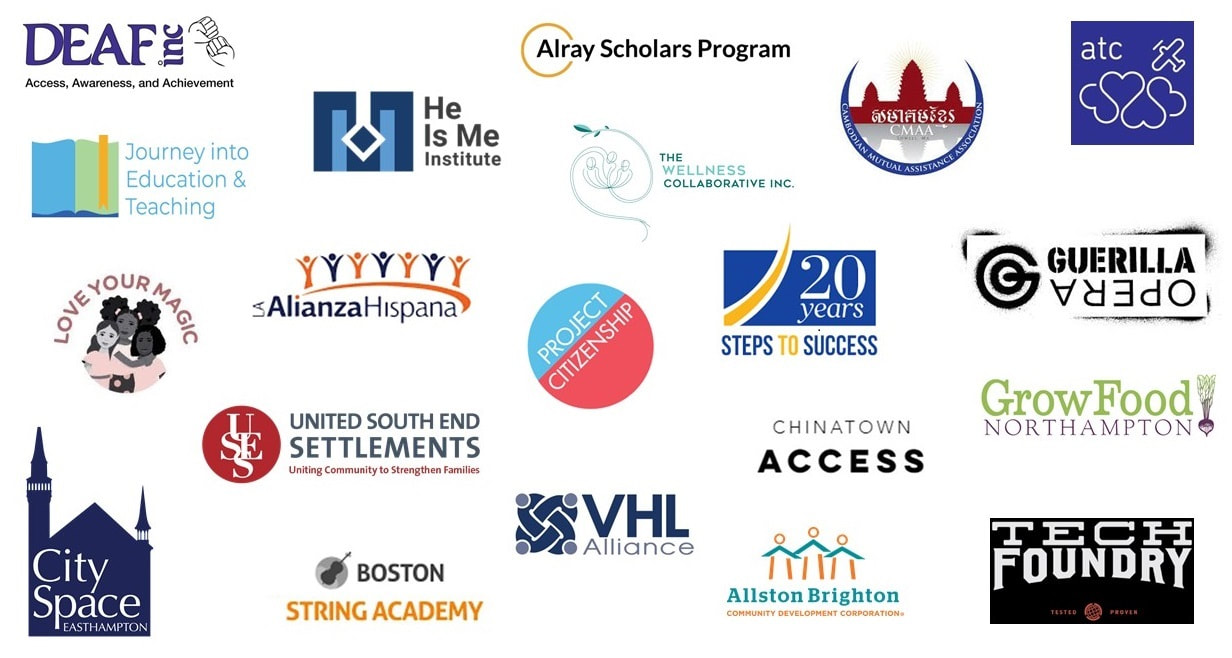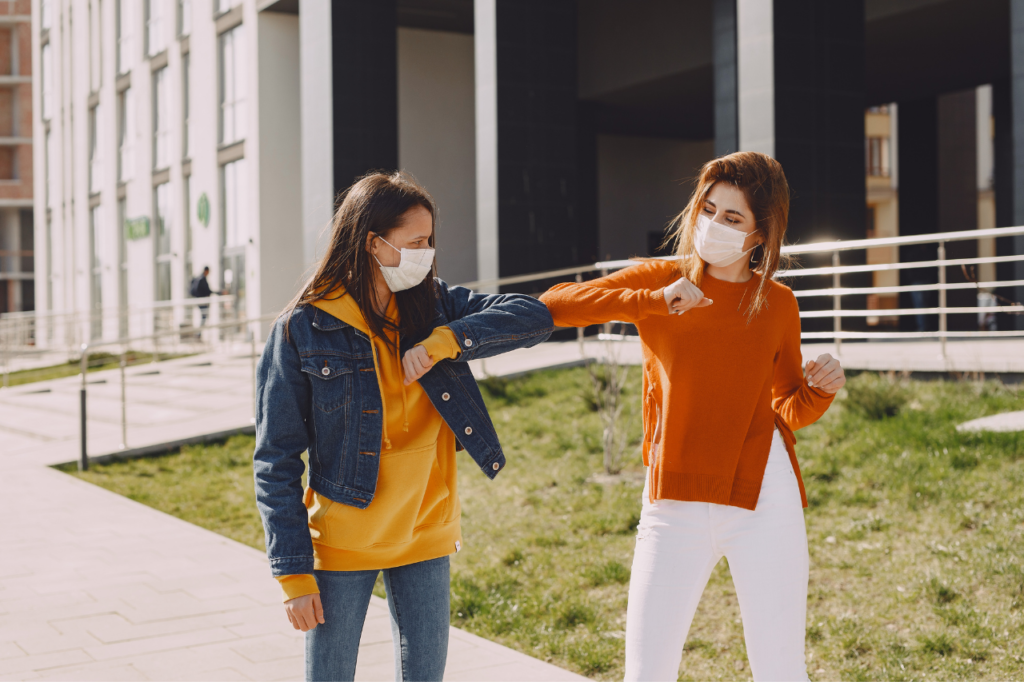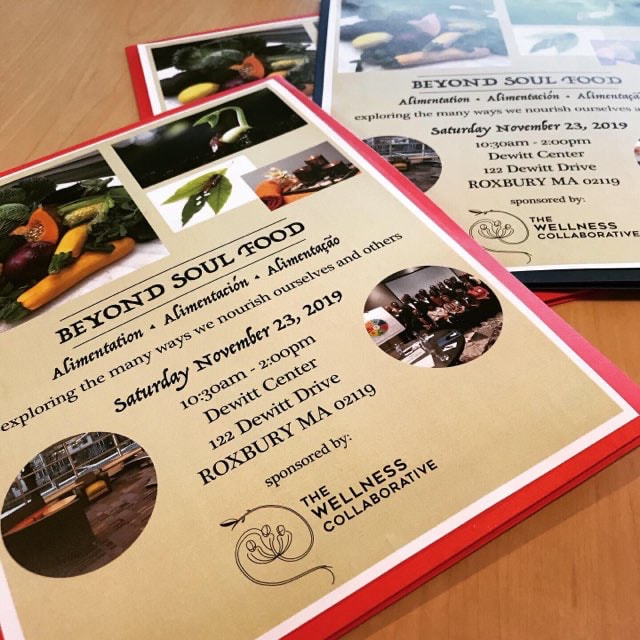|
The Wellness Collaborative (TWC) would like to extend support and offer some thoughts as we navigate current stressors due to concerns about the corona virus, specifically, the strain called Covid-19, which is causing the current pandemic.
The words used in infectious disease spread can be scary, but the underlying principles are basic, and always the same. Most infections are spread from person to person, but via different routes. Here are some FAQ’s: How does Corona Virus Spread? This virus is spread by respiratory means, through saliva, coughing and sneezing. It continues to live on surfaces for a variable amount of time and one can carry it on their hands as well. We transmit it to the face and mouth entry points when touching those areas. We know that Tuberculosis is also an infection that is spread by similar respiratory mechanisms, but viruses can be even easier to transmit. What is a pandemic? It is an infection that has spread through many countries, generally in a short amount of time. They are had to contain, but do eventually end at some point. Why are events being cancelled? When people are in close proximity to each other they can spread the virus via the air, particularly through “aerosolization” when they cough. The tiny droplets spread out as far at 6 feet away. That is why authorities are recommending, “social distancing” of 6 feet from others, no kissing, no hugging, etc. Instead, use an elbow tap or virtual hug. Many universities are now cancelling classes and moving them to online webinars to protect students and staff. Some schools are sanitizing whole buildings. Italy told citizens to stay home for two weeks to try to stop the spread, which has been very heavy there, this is an extreme measure, and bumps up against civil rights we honor in the U.S. Nonetheless, people have to be both sensible and practical for themselves and others. How do I prevent getting Corona Virus? The same way you prevent getting or giving others the flu or the common cold, which 50% of the time is caused by rhinovirus. People who have underlying health conditions, such as asthma, and other respiratory disorders, diabetes, lupus, and immune sensitivities, to name a few, are always at higher risk for complications should they become sick, be it from pneumonia, influenza or corona. And those living in tight quarters, with many others, or were ventilation is a problem may have more risk of contact too. So keep these things in mind and seek medical attention if you develop fever, aches, and flu like symptoms. The key to prevention is washing your hands frequently. Wash your hands with soap and water often, AND linger at the sink longer than you think – 20-30 seconds. This is especially important when you need to put anything on/near your face and mouth. If you don’t have access to water, use a hand sanitizer. For corona virus the only one certain to work is 70% ethyl alcohol…so read the label. If it is 62% will it work? We don’t think that is strong enough to kill the virus on your hands or surfaces, but we can’t be sure. Other types of sanitizers work for the flu, which is still much more common in the U.S. than Corona is as of today. Don’t touch your face, nose, mouth, unless you first wash your hands right before doing so. This is how the virus gets in to your body. Is there a treatment for individuals infected with COVID-19, and how do I know the difference between Influenza ( FLU) and COVID-19? There is no effective treatment for COVID-19, but most people will recover on their own. Flu is more common, and has similar risks. There are treatments for flu but early intervention is critical. So seek attention for any flu like symptoms. Should I cancel travel? Current recommendations are that if you can postpone travel you should. If not, then follow the recommendations for hand washing, and hand sanitizers. Purell, for example, makes small bottles of 70% ethyl alcohol gel. If you are over age 60, you should not go on a cruise at this time, so check with your cruise line to see if they will allow you cancel or issue a credit. If you are sick, yourself it is recommended that you not travel or expose others. If you must leave your home to get medications or groceries, and cannot send a friend, wear a facemask to reduce the risk of exposing others. It is not 100%, but it is a necessary effort. What about children? Pediatric implications “Based on what we know, children have experienced a mild form of the disease and some have been hospitalized,” said Ann-Christine Nyquist, M.D., FAAP, a member of the AAP Committee on Infectious Diseases. With many questions remaining about the virus, she urged pediatricians and their patients to seek information only from trusted sources — the AAP, CDC and local and state health departments. Dr. Nyquist offered the following guidance: Keep children out of the health care system if it’s not necessary. Parents can obtain succinct messages and guidance at this site. See the HealthyChildren.org article authored by H. Cody Meissner, M.D., FAAP, for examples. Advice for parents Parents should follow the same protocols now as during the cold and flu season, Dr. Nyquist said. “If they have a runny nose, they have a runny nose. If they have difficult time breathing, they should seek care. How do I find out more about prevention, treatment, and testing centers? Recommendations are changing daily, and erroneous information may be circulating. You can find more information from the most reliable sources on the home pages of: Mass.gov CDC.gov HealthyChildren.org This is stressful, what can I do? While it is understandable to feel nervous during moments of crisis, remaining in that state can adversely affect your physical, mental and emotional wellbeing. It is important to stay mindfully aware, centered and intentionally practice ways to decrease stress and increase serenity. Stay ‘Calm, Schooled and Connected’ Calm…Practice relaxation through helpful techniques – take regular slow deep breaths, move your body, name what your feeling and then reframe it, notice what you see, feel and hear in the moment and reflect on what makes you grateful. Schooled…It is important to stay informed from reliable and vetted sources so that you have and maintain accurate useful information. Avoid constant viewing of news loops and circulating alarming stories without context. As you learn of new information be sure to check into it and keep others updated accordingly and responsibly. Connected…We are wired to connect so staying socially engaged in positive relational networks helps us to maintain our physical and psychological wellbeing. Smiling at and acknowledging another person literally activates a relaxation response in our mind and body which counters stress and activates happiness. While we take recommended precautions to avoid overly dense public spaces be sure to call, video chat and check in with loved ones, neighbors and fellow community members during this time. Written March 11, 2020 by: Robin Reed MD, Co-Founder President, Internist Jeanette Callahan MD, Co-Founder Treasurer, Pediatrician Karen Craddock PhD, Co-Founder Clerk, Applied Psychologist The Wellness Collaborative, Inc. Web: thewellnesscollaborative.org
0 Comments
Originally published from WBUR | Written by Martha Bebinger
“Fear of COVID-19 has kept too many people from going to emergency rooms with life-threatening chest pain, persistent vomiting or numbness that might signal a stroke. If you would have called 911 or had someone drive you to an ER before COVID-19, you should do that now.”
Panelists
Carly Rogers. Director of Missing a film about a black woman who struggles to find help when her teenage daughter goes missing. Tonya Stafford- Survivor https://tonyastafford.com Alexandria Onuoha. PhD student in applied developmental psychology at Suffolk University and director of political advocacy at Black Boston. BIO Dr. Tonya Stafford (DDiv.) is a survivor of human trafficking who is focused on eradicating human trafficking one survivor at a time. Alongside her doctorate, she has a degree in Early Childhood Education and has been trained by the Texas Association Against Sexual Assault (TAASA) program. Tonya is an Accreditation Review Panelist for National Trafficking Sheltered Alliance (NTSA) and she is also a Consultant with the Ft. Worth ISD HTYPE Curriculum Development Program. Dr. Tonya is a dedicated advocate for women and children and her testimony at the Texas State Senate Hearings helped pass House Bill 2290 which recognizes January as Human Trafficking Prevention Month. She has focused her ongoing advocacy and story of resilience in work with the FBI, Homeland Security, healthcare practitioners, national and local agencies and organizations. As the founder of It’s Going To Be OK and board member of TAASA Survivor Advisory Board, her ultimate desire is to educate the public and support victims in rebuilding their lives. In Tonya’s private time, she enjoys being a wife, mother, and grandmother. Tonya is also a forthcoming author of “And Then I Was Free.” Alexandria Onuoha is an applied developmental psychology PhD student at Suffolk University. Her primary line of research examines Black adolescents’ development and explores the intersections of misogynoir and far-right ideologies. Alexandria centers her work on promoting Black girl development and ways educators, youth practitioners and communities can help support and enhance the brilliance of Black girls. She is committed to using her research to cultivate evidence-based practices for higher education, Black families, technology, and other areas relevant to her research. She created ACO STYLES, a community to promote the well-being of women of color and youth of color through art and serves as the Director of Political Advocacy at Black Boston where she leads a team that engages with Black Bostonians promoting legislation that will reduce inequalities. Alexandria is also a mentee and board member of the Institute for Research on Male Supremacism working with experts in far-right studies to provide new theoretical understandings of threats posed by right-wing misogynist groups and individuals. Carly Rogers is a producer and director from Portland, Maine, with her MFA in Film and Television Production from the USC School of Cinematic Arts. A natural storyteller, she relocated to Los Angeles to pursue her career in filmmaking. She has produced several short films, including the short documentary project Immigrant at Home which showed in film festivals Doc LA, St. Louis International Film Festival, Mizna’s Twin Cities Arab Film Festival, and the Impact Doc Awards where it won the Award of Merit for documentary short. Her directorial debut short Missing premiered at the Roxbury International Film Festival in 2020. Growing up in a mixed-race household she gained a unique view of the world, one that she hopes to share through her work in film. Carly is passionate about changing the narrative for underrepresented voices. Her goal is to progress representation for people of color in the entertainment industry and tell more dynamic stories of their lives. April 2020 Karen Craddock, PhD While we manage the day-to-day, sometimes moment-to-moment, shifts during this global pandemic, it is sure to have implications on how we navigate the array of feelings and interactions we encounter in every aspect of our inner and outer lives. This process involving managing emotions, setting goals, showing empathy, building relationship and making constructive decisions, otherwise known as Social-Emotional Learning (SEL), is especially poignant now. Raising awareness of how these skill sets and competencies intersect with interpersonal, situational and structural inequities is even more so… Pain of exclusion – In my blog article on the social-emotional, neurophysiological pain of racialized exclusion[1] and strategies to remain resilient, there is discussion on how pain is perceived and received across racial lines. Particularly relevant is mention of the well documented racial empathy gap that occurs for people of color, especially in healthcare settings as well as in education. This is important to keep top of mind during this COVID-19 crisis in light of emerging national data revealing the glaring disparities occurring along race for both contracting and dying of the disease, as well as getting access to testing and treatment. What is clear is that the pain of racism occurs both directly and indirectly. So as communities of color hear and experience more of these disparities, even while not surprising, the impact is felt whether target or watching from the side lines. Already strategies of resistance have been activated among people of color to buffer and recreate in the midst of this, which includes a call for increased awareness and action by all. Furthering these strategies to remain resilient will be crucial for the long haul calling for intentional awareness to stratified privilege, disrupting inequities, supporting affinity networking and deploying collaborations with resources of all kinds. Staying physically distant and socially connected – While we adhere to vital mandates to stop the spread of the virus which can require quarantine and separation, it is important to be aware of language that indicates social or relational disconnection. We are wired for connection and thrive mentally, physically and emotionally from being in healthy relationship. The limits of the terminology have recently come forward and will likely continue[2][3]. Inclusive language that encourages staying socially connected in safe ways is vital. This means honoring the diverse personalities and profiles of individuals falling along the spectrum of introvert to extrovert by making room and opportunities for everyone to find comfortable and necessary methods to stay connected without assumptions of “one size fits all”. By using the term physical distancing it also forces us to look at the range of physical settings people are in while braving this storm. Thus, it is even more important to address the implications and remain aware of the physical constraints and necessities that are realities across the country and for so many. A current context in the climate of COVID – It is not unusual that during times of extraordinary crisis that prevailing stressors become worse. For communities already chronically marginalized by race, ethnicity, gender, class…an increase in volume, intensity and impact occurs. In addition, a climate of crisis also heightens awareness of social, structural and systemic inequities. Over the past few weeks we have experienced COVID hit our communities and we are beginning to hear stories and see data that brings this point to a head. From physical appearance to physical location, the ugly truths of marginalized existences are coming to bear. An African-American man living in Boston expressed this tension in a news article describing the risk and worry he has of a being a man of color wearing a facemask to prevent illness while fearing for his safety due to bias. We see the economic intersectional realities during this public health pandemic across many communities and how it is specifically playing out given the disproportionate rate of pre-existing and socially influenced health conditions among communities of color. And sadly rates of domestic violence and abuse are likely spiking especially with quarantine and stay at home recommendations and mandates in place. The back drop of the growing rise of suicide among Black youth[5] sharpens the need for paying attention to the mental health needs of us all right now and especially within communities of color. As educators and practitioners of social-emotional learning (SEL) it is vital now more than ever that we remain vigilant in our efforts to defeat the COVID virus, while staying aware of how it’s impact is inextricably tied to issues of bias, equity and wellness. It will require and invite opportunities for self-reflection personally and professionally that center cultural fluency, emotional intelligence and agility[6] . Before us is a call that compels intentional, active and inclusive engagement within affinity networks and with racially culturally diverse thought-partners and leaders to seek and create solutions for much needed healing [1] Why Racialized Exclusion Hurts and How We Can Remain Resilient K. Craddock
[2] Social vs Physical Distancing Why it Matters A. Banks [3] Dealing with Stress Anxiety and Grief During COVID-19 NIH Directors Blog [4] Why I Dont Feel Comfortable Wearing a Mask A. Thomas [5] Black Kids and Suicide and Why Rates are So High and So Ignored R. Walker [6] Diversity and Inclusion Towards Cultural Competency and Fluency A. Chatman Gutentor Advanced Text THCM TV COVID-19 Vaccine InformationDr. Jeanette Callahan joins Wadner Pierre to discuss COVID-19 Vaccine Information on Total Health Christian Ministries TV. Special guests include Dr. Robin Reed and Dr. Jamaine Davis.
Disclaimer: Video Release – December 4, 2019 Booster CDC recommendations since this video was released Updates: O:41:20 https://www.cdc.gov/coronavirus/2019-ncov/vaccines/booster-shot.html Clarifications: 0:42:33 MODERNA a. Each primary series dose of the Moderna COVID-19 Vaccine for >12 yrs. is 0.5 mL. b. The booster dose of the Moderna COVID-19 Vaccine is 0.25 mL. PFIZER a. Primary series dose (5-11yr is 10mcg; >12 yr is 30mcg) b. Booster dose for >12yr is 30mcg
|
POSTArchives
January 2023
Categories |










 RSS Feed
RSS Feed

